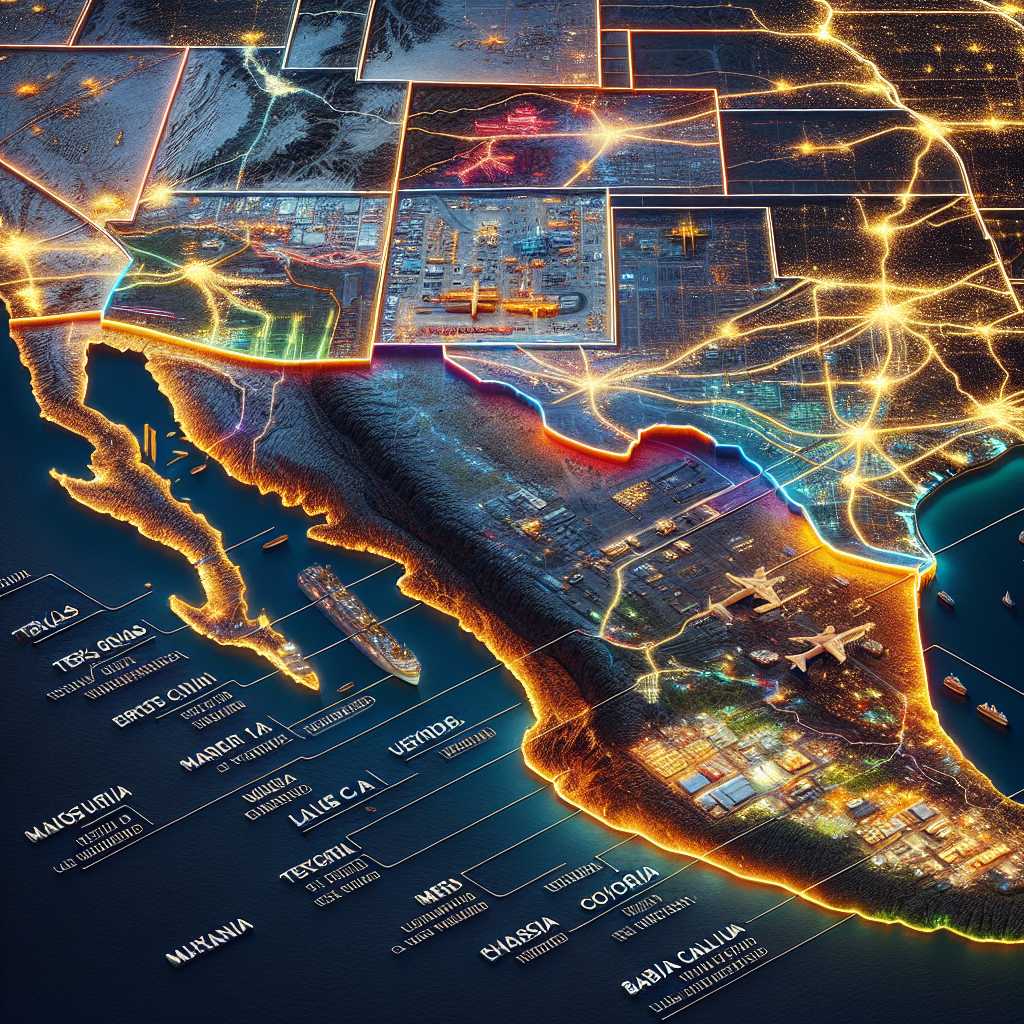USA vs Mexico: Understanding the Dynamics of Two Bordering Nations
The United States of America and Mexico share more than just a physical border; they are tied together through complex social, economic, and geopolitical threads. This extensive relationship has influences that spread across trade, immigration, cultural exchange, and joint environmental efforts. Understanding the dynamics of these two neighboring nations offers valuable insights into how they interact on global platforms and negotiate issues of bilateral significance.
Historical Context of USA-Mexico Relations
The relationship between the United States and Mexico has always been dynamic and often fraught with tension. Historical events such as the Mexican-American War (1846-1848), the expropriation of oil in 1938 by then Mexican President Lázaro Cárdenas, and the Treaty of Guadalupe Hidalgo have all contributed to a complex past that both nations still reckon with in modern diplomatic discussions.
Trade and Economic Partnerships: From NAFTA to USMCA
A significant aspect of the relationship between the United States and Mexico is trade. The North American Free Trade Agreement (NAFTA), which came into effect in 1994, was a landmark deal that eliminated most tariffs on products traded between the USA, Canada, and Mexico. The agreement boosted trade, but it also drew criticism for impacting certain industries within each country.
To update and replace NAFTA, the United States-Mexico-Canada Agreement (USMCA) was signed in 2020. The USMCA seeks to support mutual economic growth, create more balanced trade relationships, reinforce labor rights, and enhance intellectual property protections.
Border Dynamics: Security and Immigration Concerns
The USA-Mexico border is approximately 1,954 miles long and is one of the most-crossed international borders in the world. Issues of border security and immigration are perennial topics of bilateral talks. The United States’ concerns over illegal immigration, drug trafficking, and terrorism have resulted in strong border enforcement policies.
On the other side, Mexico faces challenges with humanitarian crises as Central American migrants cross its territory attempting to reach the U.S. border. Policy decisions taken by either nation significantly affect the conditions along this shared frontier.
Cultural Exchanges and Social Integration
Culturally, both nations exert influence on one another, mainly due to the Mexican American community within the United States—the second-largest ethnic group—which enriches American society with Spanish language contributions, culinary diversity, music, and traditions. In Mexico, American culture is also evident in areas such as entertainment media consumption.
Joint Efforts: Environment and Health
The environment doesn’t recognize borders; as a result, both countries invested in shared concerns like conservation efforts in transboundary ecosystems, water resource management in shared rivers like the Colorado, and addressing climate change consequences on binational regional scales. Furthermore, health issues such as pandemic management or disease prevention require collaboration.
Military Relations and Security Cooperation
Military cooperation remains important to both nations. Joint training exercises and information-sharing endeavors aim to combat drug cartels and organized crime that operate cross-border networks. There are ongoing debates surrounding mutual defense mechanisms regarding transnational threats.
Challenges Ahead: Overcoming Future Obstacles
Looking forward to future relations between the USA and Mexico requires addressing longstanding challenges—a fluctuating economy within Mexico pushing migration trends, trade agreements needing further improvements for fair employment opportunities across both nations, and continuous diplomatic dialogue balancing domestic pressures with bilateral cooperation.
Notes
Image description: A satellite view highlights the US-Mexico border with demarcations showing the division between various states like Texas and California with Mexican entities such as Chihuahua and Baja California. Alongside cities like El Paso-Juarez indicate robust interactions at one of the frequent crossing points.
